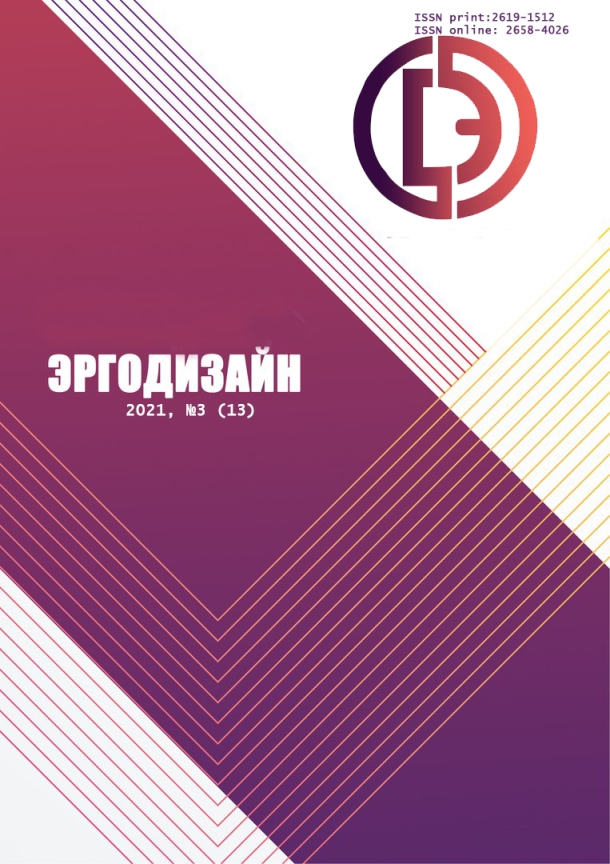Institute for Design and Technological Informatics of the Russian Academy of Sciences
Moskva, Moscow, Russian Federation
Moscow, Moscow, Russian Federation
Moskva, Moscow, Russian Federation
Aim of the work. The main aim of the analysis is to search for approaches to building an exhaustive epistemological model of the production process as a set of connections to be disclosed and implemented in the automated production, which is a complex anthropotechnical cyberphysical system. Research methods. Digitalization of production inherently involves the solution of three major tasks: digitalizing communications, forming digital models of various objects, developing digital “tools” for decision support. Solving these tasks requires understanding of the deep essence and laws of such a complex system as a production process. This allows looking at the production process as a single interconnected structure (system) of its elements, where ignoring them often leads to a significant decrease in the quality of the design and technological decisions taken and, as a consequence, unjustified costs of various types of resources or non-fulfilment of the set requirements for the manufactured products (item). The interdependence of the objects of the production process allows speaking about the production process connections. Research results and novelty. To ensure the quality of the design and technological decisions taken during the production process digitalization, the former is represented as a system of links that have an “elementary” level of generalization in form and the maximum level of generalization in content. This allows representing the production process as a meaningful set of transition functions to be implemented. Findings. For the purposes of analyzing and building digital production, as a most complex anthropotechnical cyber-physical system, it is advisable to represent the production process in the form of a system of connections, while it should be considered that: 1. The manufactured product in the general case is a combination of three types of relations: dimensional, substantial and economic. 2. To ensure the item connections, a production process must be implemented, which in the general case represents a system of five types of connections: dimensional, informational, temporary, substantial and economic ones. 3. The interdependence of the links between the item and the production process is revealed through the transition functions, which are heterogeneous and indefinite. In addition, when creating a production process and automating it, designers have to face two major challenges: the choice of relations and their organization. Both are fraught with great engineering difficulties. 4. Representing the production process and the finished product in the category of connections is an important epistemological aspect of modelling and understanding the process itself, which allows highlighting and concentrating efforts on its important and essential aspects. At the early stages of design all this already helps to reduce possible errors arising from an incomplete and / or inappropriate representation of the nature and features of this process and, as a consequence, is a certain guarantee of achieving the gradual goal while reducing the necessary costs.
production process connections, cyber physical systems, dimensional relations, substantial connections, information links, temporary connections, economic ties
1. Kolesov, I. M. Engineering Technology as a Branch of Science. Vestnik mashinostroyeniya [Bulletin of Mechanical Engineering], 1981, no. 11, pp. 60-63.
2. Kolesov, I. M. The Production Process is Subject to Au-tomation. Vestnik mashinostroyeniya [Bulletin of Mechanical Engineering], 1985, no. 3, pp. 57-61.
3. Chervyakov, L. M. Analysis of Temporary Connections of the ASMM Transport System. Vestnik mashinostroyeniya [Bulletin of Mechanical Engineering], 1985, no. 6, pp. 43-45.
4. GOST R ISO 9000-2001. Quality Management Sys-tems. Fundamentals and Vocabulary. All-Russian Scientific Research Institute for Certification (ARSRIC) (ed.). Moscow, PPC Publishing house of standards, 2004, 37 p.
5. RD 50-635-87. Methodical Instructions. Dimensional Chains. Basic Concepts. Methods for Calculating Linear and Angular Chains. Ministry of Higher and Secondary Specialized Education of the RSFSR (ed.). Moscow, Publishing house of standards, 1987, 45 p.
6. Paley, M.A., Romanov, A.B., Braginsky, V.A. Toler-ances and Fits. Part 1. Saint-Peterburg, Polytechnic, 2001, 576 p. ISBN 5-7325-1503-X.
7. Kosilova, A.G., Meshcheryakov R.K. The Handbook of a Technologist-Machine Engineer. In 2 vol. Vol. 1. 4th ed., corrected. Moscow, Mashinostroenie [Journal of Mechanical Engineering], 1986, vol. 1, 656 p.
8. Solonin, I. S., Solonin, S. I. Calculation of Assembly and Technological Dimensional Chains. Moscow Mashino-stroenie [Journal of Mechanical Engineering], 1980,110 p.
9. Matveev, V. V., Boykov, F.I., Sviridov, Yu. N. Designing Economical Technological Processes in Mechanical Engineering. Chelyabinsk, South Ural Book Publishing House, 1979, 110 p.
10. Matveev, V. V., Tverskoy, M. M., Boykov, F. I. Di-mensional Analysis of Technological Processes. Moscow, Mashinostroenie [Journal of Mechanical Engineering], 1982, 264 p.










